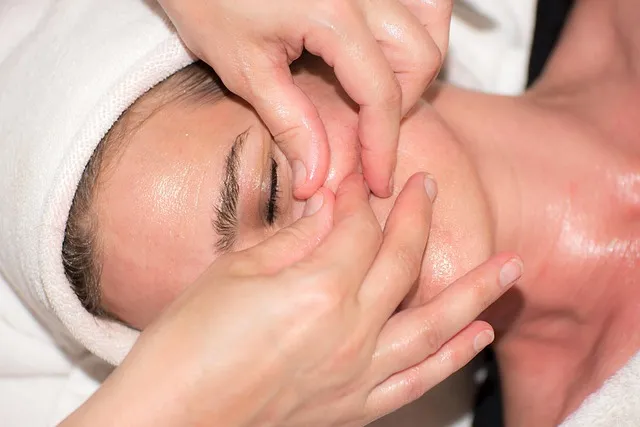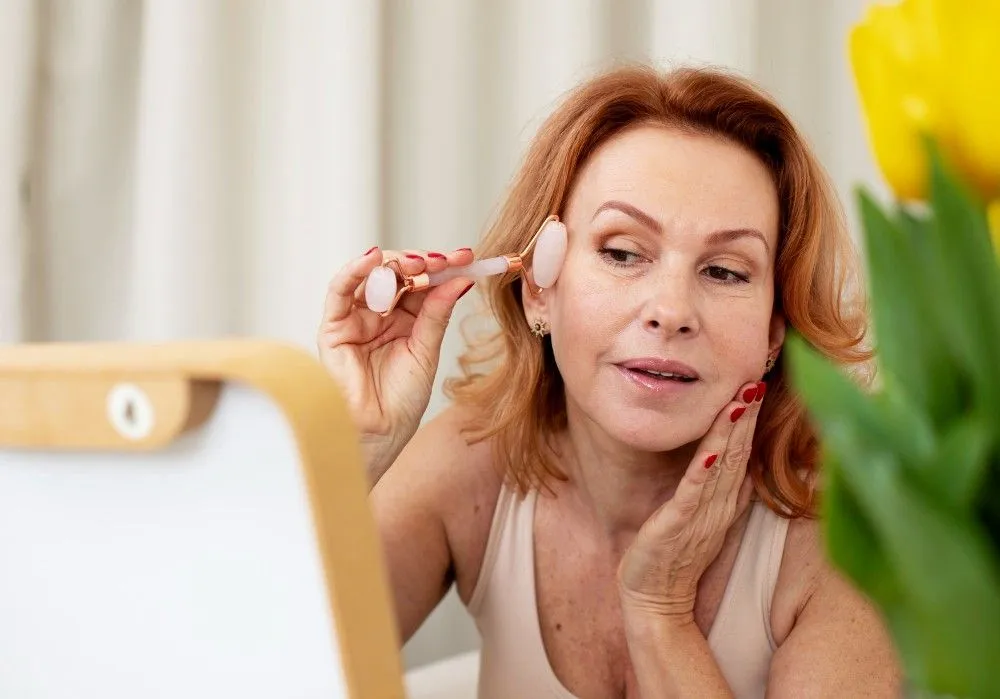Had one of those itchy, stubborn skin patches that just won’t quit? That annoying blemish isn’t necessarily just a simple rash, it might be a fungal infection. These sorts of infections are low-key and quiet but cause a lot of discomfort like inflammation and other types of skin drama.
That's where creams like Candid B come into play. But hey, just because it’s in your medicine cabinet doesn’t mean it's being used right. Let’s walk through everything about this cream, from real use cases to rare but possible risks.
What is Candid B Cream?
Look, Candid B Cream isn’t some miracle in a tube, but it does its job well. It's a dual-action topical medication combining an antifungal (Clotrimazole) and a corticosteroid (Beclomethasone). These two ingredients tag-team fungal infections and reduce skin irritation, itchiness, redness, and inflammation, the whole package.
It's made for external use only and widely recommended by dermatologists, especially in the US, where a recent study tracked 822 patients with candidiasis treated using Candid B Cream. Results? Safe and effective when used properly.
Here's a quick breakdown of what goes inside:
-
Clotrimazole – Targets and disrupts fungal growth by damaging the cell membrane.
-
Beclomethasone – Reduces swelling, itching, and redness by suppressing immune responses.
Together, they bring relief and support skin healing. But that doesn’t mean overusing is a good idea. Timing and quantity matter a lot.
Candid B Cream Uses
Candid B Cream is pretty versatile, used to treat a range of superficial fungal infections that mess with your skin. Let’s not get too technical. Just think of those frustrating fungal situations you’ve probably had once or twice.
Most common conditions it helps with:
-
Ringworm (Tinea corporis) – Appears as red, itchy circular patches
-
Athlete’s foot (Tinea pedis) – Stinging, cracked, and flaky skin around the toes
-
Jock itch (Tinea cruris) – Red, painful rashes in the groin area
-
Sweat rash – Typically underarms, under the breast, or thighs
-
Vaginal yeast infections – Redness, burning, thick discharge
-
Oral thrush (only external use, never oral application)
-
Dermatitis or eczema (with secondary fungal infections)
You’ll usually start seeing relief in a few days if you use it right. But this isn’t magic dust. You need consistency and care. No skipping days and expecting miracles.
How to Use Candid B Cream
Hold up. Before you squeeze out half the tube, let’s get the method right. Topical creams need the correct approach to really work. And yes, washing your hands is part of it.
Here’s what to do:
-
Clean and dry the affected area completely.
-
Apply a thin layer of Candid B Cream, just enough to cover it.
-
Gently rub it in, twice a day, morning and night.
-
Wash your hands after application unless the infection is on your hands.
Things to Avoid:
-
Don’t apply to open wounds or broken skin.
-
Avoid using it on the face unless told by your doctor.
-
Don't mix with other creams unless prescribed.
It’s tempting to overuse, especially if the itch keeps coming back. But stick to the dose. Overdoing it can trigger complications you didn’t sign up for.
Side Effects of Candid B Cream
Let’s not sugarcoat it. Any medication that works this deep in your skin has a chance to cause side effects. But usually, they’re mild and fade out as your skin adjusts.
Still, here’s what might pop up:
-
Burning or stinging sensation
-
Itchy or dry skin patches
-
Rashes that worsen
-
Blisters or skin peeling
-
Redness or swelling
Now, when used for long periods or on large areas, more serious issues can happen:
-
Skin thinning
-
Candid B Cream side effects on skin like easy bruising
-
Cushing's Syndrome
-
Hyperglycemia or glucose in urine
If any of these hit hard or last too long, stop and talk to your doctor.
Common vs Rare Side Effects
|
Type |
Symptoms |
|
Common |
Itching, burning, dry skin, slight redness |
|
Rare |
Skin thinning, Cushing's, hormonal shifts, blisters, easy bruising |
Warnings and Precautions
Let’s be blunt: this cream isn’t for casual use or experimentation. Some people shouldn’t use it at all, or need serious guidance before applying.
Candid B Cream warnings to keep in mind:
-
Pregnancy:
The steroid can cross the placenta. So, using Candid B Cream during pregnancy should always be supervised by a physician. -
Breastfeeding:
Not recommended near the breast area as it can pass to the baby. -
Other Medications:
It may interact with: -
Budesonide
-
Ritonavir
-
Corticosteroids
-
Sensitive Skin Conditions:
If you’ve got thin skin, acne, or rosacea, this could backfire.
Also, no shortcuts:
-
Keep the area dry.
-
Don’t share towels or clothes.
-
Skip alcohol and caffeine, they don’t help the healing process.
-
Avoid scratching. It spreads the infection faster than you think.
Best Alternatives to Candid B Cream
Maybe Candid B isn’t a good fit. Or maybe your doctor suggests another option. Either way, alternatives exist, and some are more suited to long-term use or sensitive skin.
Popular Alternatives to Candid B Cream include:
-
Lotrimin Ultra (Butenafine) – Fungal-specific, no steroid
-
Lamisil (Terbinafine) – Powerful antifungal
-
Hydrocortisone + Miconazole – Combo similar to Candid B
-
Desenex (Miconazole) – Mild, suitable for daily use
Every option has pros and cons. For example, steroid-free creams might reduce side effects, but they act more slowly. Talk to your dermatologist about what fits your skin type.
Final Thoughts
So, here’s the thing. Candid B Cream works, but only when used correctly. It isn’t for everyone. And while it does give fast relief, long-term misuse can lead to bigger skin issues. If you're on the fence, ask your doctor. Don’t assume it’s safe just because it’s over-the-counter somewhere.
Listen to your skin. Monitor for irritation. Use the cream on time. Keep the area clean. That’s all it takes to get the best out of this medicine.
Frequently Asked Questions
How long to use Candid B Cream for skin infections?
Usually 1 to 2 weeks. But stubborn infections may take longer. Always follow your doctor’s advice, overuse can cause side effects.
Can Candid B Cream be used on private parts?
Only under medical advice. The skin there is very sensitive. Wrong use can cause discomfort or even worsen symptoms.
Can children use Candid B Cream?
Not recommended for kids under 12 unless prescribed. Their skin absorbs medication faster, so they’re at higher risk of side effects.
What are signs that Candid B Cream is not working?
If itching, redness, or swelling increases after 5–7 days, or new rashes develop, stop use and consult your doctor immediately.
-User-1754380331.png)
Reviewed by







